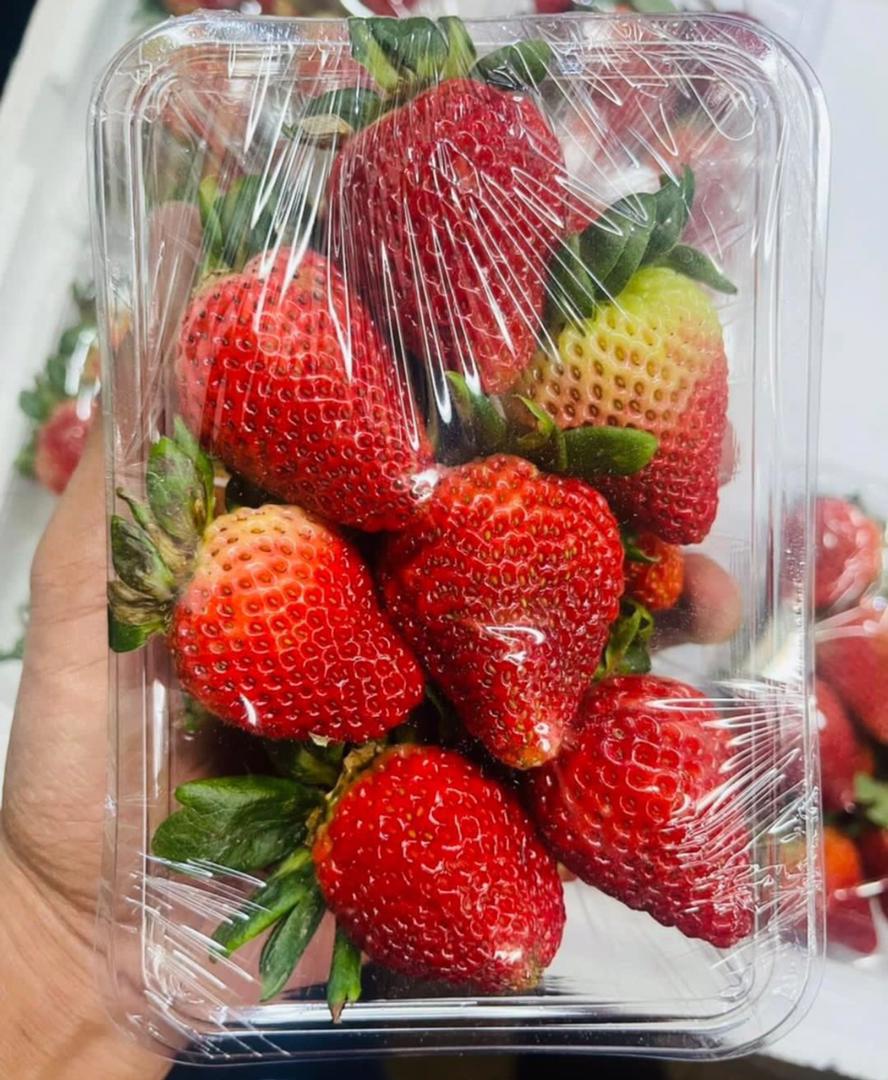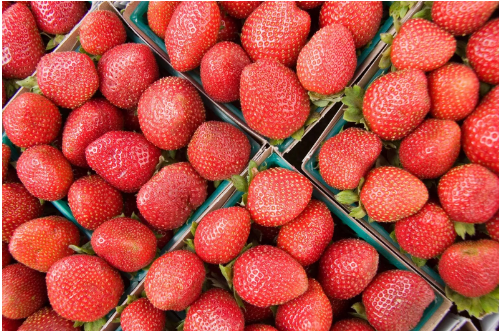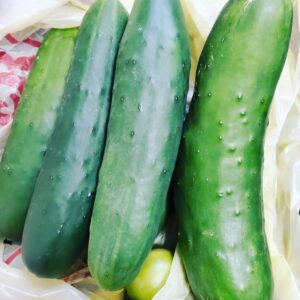The United States Department of Agriculture (USDA)Trusted Source reports that 1 cup of sliced, fresh strawberries, or 166 grams (g), contains the following nutrients:
- calories: 53 calories
- protein: 1.11 g
- carbohydrates: 12.7 g
- dietary fiber: 3.30 g
- calcium: 27 milligrams (mg)
- iron: 0.68 mg
- magnesium: 22 mg
- phosphorus: 40 mg
- potassium: 254 mg
- vitamin C: 97.60 mg
- folate: 40 micrograms
- vitamin A: 20 international units
Aside from vitamins and minerals, strawberries are also rich in phytochemicals, which are plant compounds that promote wellness. These include ellagic acid and a variety of flavonoids, such as anthocyanins, quercetin, kaempferol, and catechin, according to an older 2011 USDA database.
The nutrients in strawberries help support the body’s defense against the below conditions.
1. Heart disease
Strawberries might help protect against heart disease due to their anthocyanin and quercetin content. A 2019 studyTrusted Source reports anthocyanin has links with a lower risk of heart attacks. Additionally, quercetin has anti-inflammatory properties that appear to reduce the risk of atherosclerosis, according to 2016 researchTrusted Source.
Potassium in strawberries also supports heart health. The Centers for Disease Control and Prevention (CDC)Trusted Source state that there is an inverse relationship between the consumption of potassium and the risk of heart disease.
2. Stroke
A 2016 meta-analysis Trusted Source examined 11 clinical trials to assess the association between dietary flavonoid intake and stroke. It found that consuming these compounds may have an inverse link with the likelihood of the condition. After adjusting for the results for cardiovascular risk factors, the authors concluded that a diet higher in flavonoids may moderately reduce the risk of stroke.
3. Cancer
The nutritious compounds in strawberries and other berries may help protect against certain cancers, according to a 2016 review Trusted Source. They are primarily helpful in preventing gastrointestinal and breast cancers, but to a lesser extent, they may help prevent lung, prostate, liver, and pancreatic cancers. However, it is important to note that the cited studies were animal studies, which did not look specifically at strawberries, but berries in general.
Rather than identifying one compound responsible for this protection, the authors speculated that the benefit likely stems from a combined effect of all the compounds in strawberries working together. In conclusion, consuming strawberries may offer some protection against oral, breast, lung, and esophageal cancers, but more research is necessary.
Find out about the different types of cancer.
4. High blood pressure
The potassium in strawberries might offer some benefit for people with high blood pressure. This is due to how the substance helps offset the negative effects of sodium in the body, reports research in 2018. The authors found that increasing the intake of potassium-rich foods can lower blood pressure, which helps prevent heart attacks and strokes.
5. Constipation
Eating high fiber foods, such as strawberries, helps maintain regular bowel movements. Fiber promotes stool movement through the intestinal tract, which helps prevent constipation.
Experts also advise increasing water intake to promote regularity. Although it is important to drink plenty of fluids, eating water-containing foods, such as fruit, is also beneficial, as fruits contain 80–90% water.
Strawberries are available fresh, frozen, and freeze dried, as well as in jellies and jams. People looking to eat the fruit should check the labels of frozen and dried strawberries for added sugars. And when shopping for jellies or jams, individuals can choose all-fruit spreads that do not feature added sweeteners and fillers.
Rather than focusing on strawberries, it is best to add them to a nutritious diet that includesTrusted Source:
- other fruits
- vegetables
- whole grains
- lean protein, such as beans, fish, and poultry without the skin
- low fat dairy foods
Below are some tips for including more strawberries in diets:
- Dice strawberries and add them to chicken salad.
- Slice strawberries and sprinkle over plain yogurt, or make a parfait with alternating layers of strawberries, sliced almonds, and fruit.
- Add strawberries to a fruit salad.
- Sprinkle strawberries over oatmeal or a whole grain cereal.
- Mix chopped strawberries with other fruit to make a salsa to serve over chicken.
- Blend strawberries with a banana and yogurt to make a smoothie.
- Serve sliced strawberries over whole grain pancakes and waffles.
- Mix cut strawberries with spinach, walnuts, and goat cheese to make a tasty salad.






Reviews
There are no reviews yet.